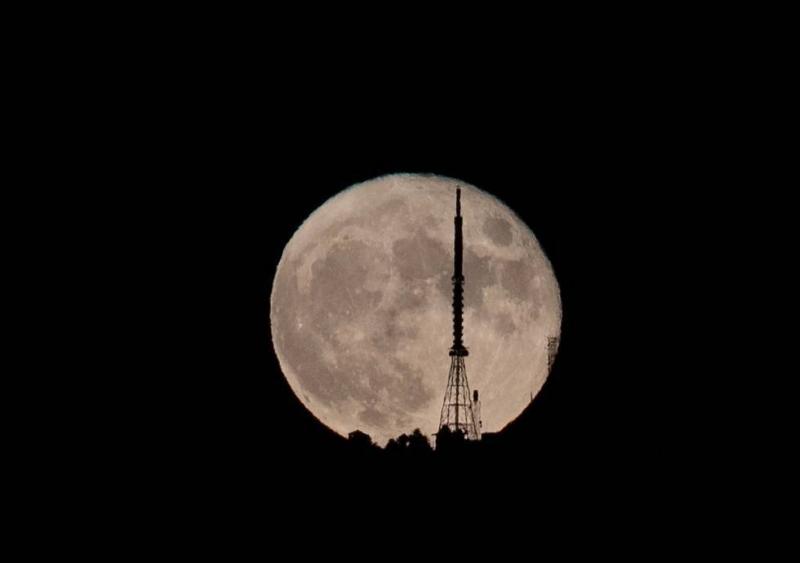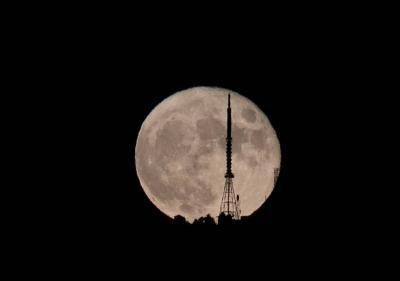Scientists have shed light on the origin of the Moon and its formation mechanism in a new study. Researchers discovered the first solid evidence that the Moon inherited local noble gases, specifically helium and neon, from the Earth's mantle. This discovery adds strong constraints to the currently favored "giant impact" theory, which posits that the Moon formed as a result of a massive collision between the Earth and another celestial body, and it represents an important part of the puzzle in understanding how the Moon, and possibly the Earth and other celestial bodies, formed.
The ETH Zurich team analyzed six lunar meteorite samples from the Antarctic collection, obtained from NASA. The meteorites consist of basalt rocks that formed when lava erupted from the Moon's interior and cooled rapidly. They remained covered by additional basalt layers after their formation, protecting the rocks from cosmic rays, particularly solar winds. The cooling process resulted in the formation of lunar glass particles among other minerals found in the lava. The team discovered that these glass particles retained the chemical signatures (isotopic signatures) of solar gases: helium and neon from the Moon's interior. Their results strongly support that the Moon inherited the original noble gases from Earth.
Patricia Will from the Federal Institute of Technology in Zurich noted, "Finding solar gases, for the first time, in basaltic materials from the Moon that have no relation to any exposure on the Moon's surface was an extremely exciting result." Asteroids constantly bombard the Moon's surface, and it likely took a high-energy impact to eject the meteorites from the mid-layers of the lava flows similar to the vast plains known as Lunar Mare. According to the study, fragments of rock eventually made their way to Earth as meteorites.
Many of these meteorite samples are captured in the deserts of North Africa or, in this case, the "cold desert" of Antarctica, where they are easier to locate in the landscape. Knowing where to search within NASA's vast collection of about 70,000 approved meteorites is a significant advancement. Professor Heiner Busmann from the ETH Zurich stated, "I am entirely convinced that there will be a race to study the heavy noble gases and isotopes in meteorite materials." Experts are expected to soon search for noble gases such as xenon and krypton, which are difficult to identify, and volatile elements like hydrogen or halogens in lunar meteorites.
Busmann added, "While such gases are not essential for life, it would be intriguing to know how some of these noble gases survived the Moon's brutal and violent formation, and this knowledge could assist scientists in geochemistry and geophysics to develop new models that generally show how this occurred." He continued, "Such more volatile elements might survive planet formation in our solar system and beyond."




